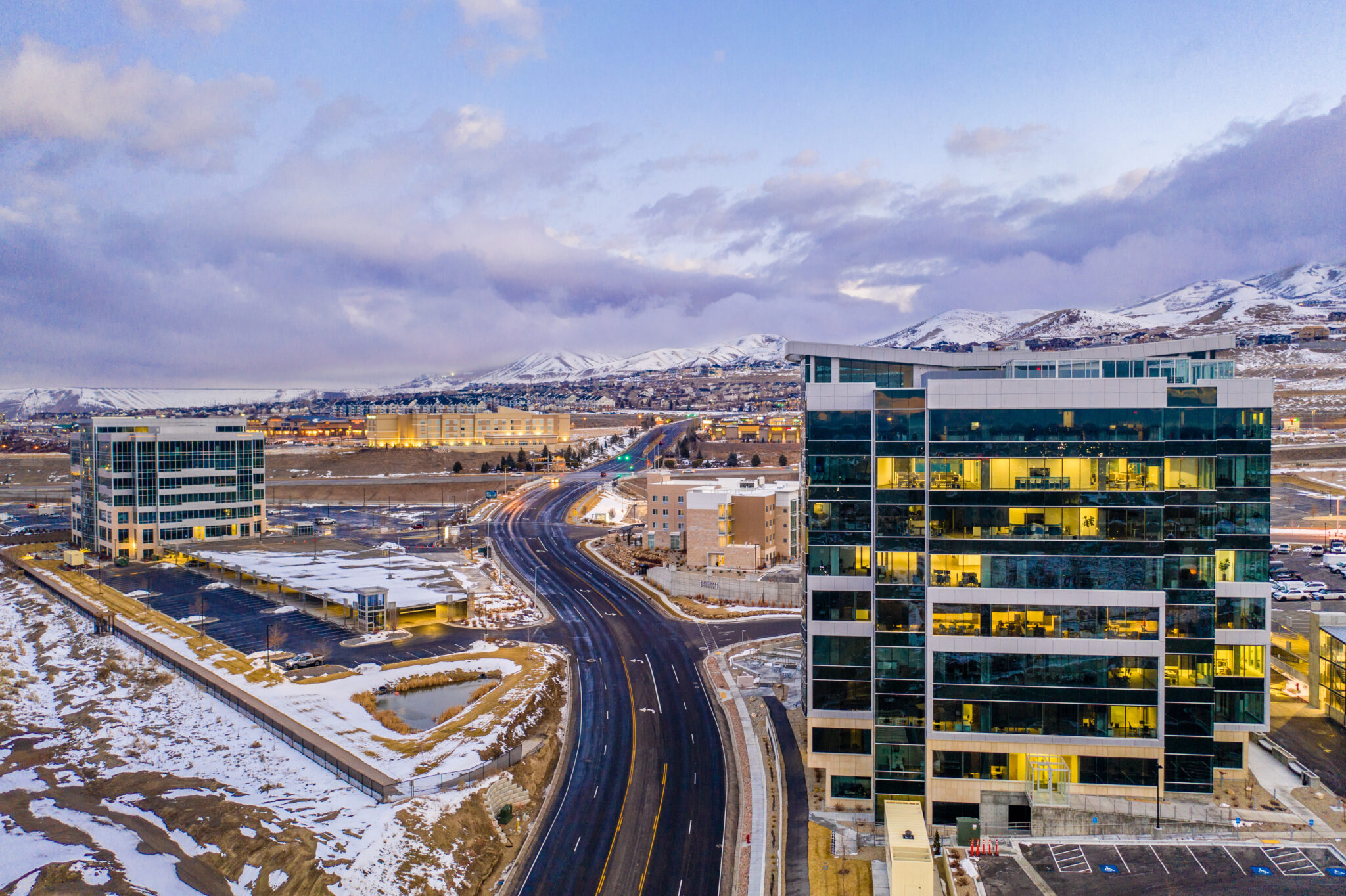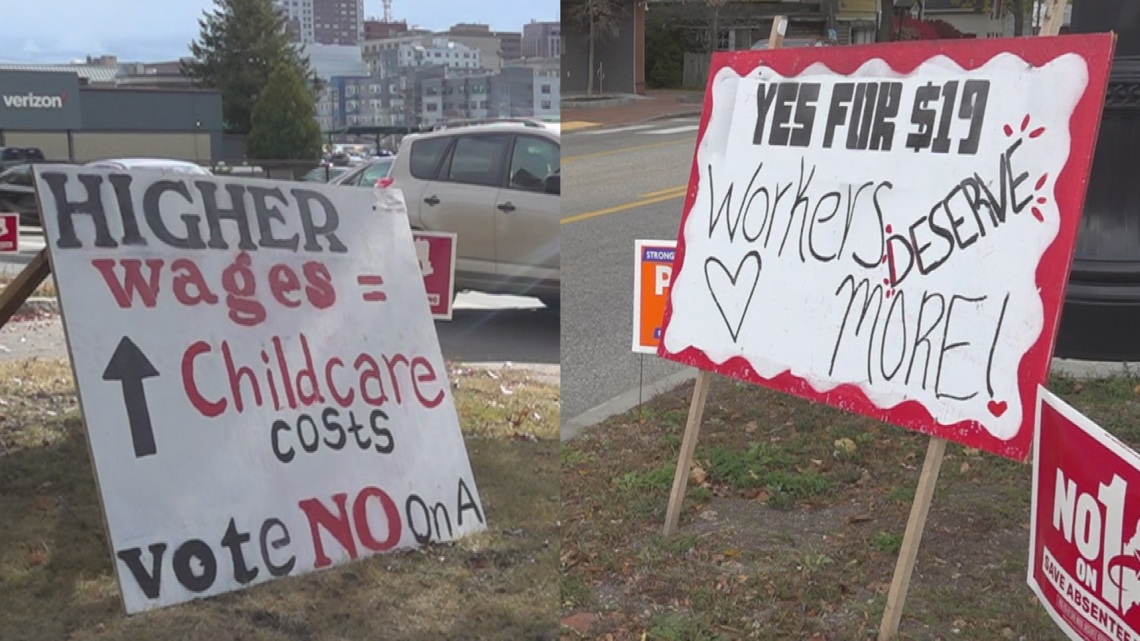Costa Rica P3 Conference, San José 2025 – CentralAmerica.com

Report on the 2025 Planet, People, Peace (P3) Conference
Executive Summary
The National Chamber of Ecotourism and Sustainable Tourism (CANAECO) will host the Planet, People, Peace (P3) conference on August 27–28 at the Real Intercontinental Hotel in Escazú, Costa Rica. This international event is positioned as a critical platform to address pressing challenges within Costa Rica’s tourism sector. The conference will focus on aligning the industry’s future with the United Nations Sustainable Development Goals (SDGs) by tackling issues of climate change, gentrification, and ecosystem degradation, moving beyond rhetoric to foster actionable commitments for a regenerative tourism model.
Strategic Focus on Sustainable Development Goals (SDGs)
The P3 2025 conference agenda is structured to directly address key SDGs, reflecting a commitment to a holistic and globally responsible tourism framework. The event aims to provoke critical reflection on current practices and establish a blueprint for a more equitable and environmentally sound future.
Primary Thematic Areas and SDG Alignment
- Sustainable Economic Growth and Community Welfare: The conference will confront the negative impacts of unregulated tourism development, such as gentrification and the proliferation of short-term rentals that displace local populations. This directly addresses:
- SDG 8 (Decent Work and Economic Growth): Advocating for tourism models that provide stable, fair employment and benefit local economies.
- SDG 10 (Reduced Inequalities): Focusing on preventing exclusionary tourism that exacerbates economic and cultural tensions.
- SDG 11 (Sustainable Cities and Communities): Examining the pressure on coastal and rural communities to ensure they remain inclusive and resilient.
- Environmental Protection and Climate Action: A core focus is the environmental integrity of Costa Rica’s tourism offerings. This aligns with:
- SDG 13 (Climate Action): Addressing the direct and indirect impacts of climate change on the tourism industry and natural habitats.
- SDG 14 (Life Below Water): Incorporating expertise on marine biology to promote the conservation of marine ecosystems.
- SDG 15 (Life on Land): Reinforcing Costa Rica’s foundational ecotourism principles to protect terrestrial ecosystems and biodiversity.
- Responsible Production and Partnerships: The event emphasizes a shift towards regenerative practices through multi-stakeholder collaboration, supporting:
- SDG 12 (Responsible Consumption and Production): Challenging greenwashing and promoting genuinely sustainable practices in hotel management, waste management, and tourism operations.
- SDG 17 (Partnerships for the Goals): Serving as a nexus for national and international experts, government bodies like the Costa Rican Tourism Institute (ICT), NGOs, and private sector leaders to forge effective partnerships.
Conference Structure and Key Participants
The two-day event will feature approximately 30 national and international speakers, panel discussions, and collaborative workshops designed to produce tangible outcomes.
Distinguished Speakers
The lineup includes a diverse group of experts whose work corresponds with the conference’s SDG-focused objectives:
- Claudio Milano: An anthropologist from the University of Barcelona, focusing on tourism-induced gentrification and its impact on community sustainability (SDG 11).
- Juliet Kinsman: Sustainability Editor for Condé Nast Traveller, advocating for responsible consumer choices and industry practices (SDG 12).
- Rachel Graham: A marine biologist from MarAlliance, contributing expertise on marine conservation efforts (SDG 14).
- Willy Legrand: An expert in sustainable hotel management, addressing operational sustainability in the hospitality sector (SDG 8, SDG 12).
- Paras Loomba: Founder of Global Himalayan Expedition, showcasing models of tourism that deliver clean energy and community benefits (SDG 7, SDG 11).
- Glenn Jampol & Bary Roberts: Costa Rican pioneers in ecotourism, championing authentic, community-centric models that protect natural heritage (SDG 15, SDG 8).
Projected Outcomes and Call for Regenerative Action
The P3 conference aims to transcend discussion and catalyze concrete action. According to CANAECO President Hans Pfister, the goal is to foster “real, individual, and collective commitments.”
Key Objectives
- To critically assess the threats to Costa Rica’s sustainable tourism model.
- To develop a collective manifesto that will serve as a blueprint for future industry action.
- To promote a paradigm shift from sustainable tourism (minimizing harm) to regenerative tourism (creating environmental and social value).
- To strengthen multi-stakeholder partnerships (SDG 17) for the effective implementation of sustainable practices.
The conference represents a pivotal moment for Costa Rica’s tourism sector to reaffirm its leadership in sustainability by embedding the principles of the Sustainable Development Goals into its core strategy and operations.
Analysis of Sustainable Development Goals in the Article
1. Which SDGs are addressed or connected to the issues highlighted in the article?
-
SDG 8: Decent Work and Economic Growth
- The article emphasizes that tourism is one of Costa Rica’s “most important economic drivers” and that sustainable tourism practices should “generate income and jobs” for local communities. This directly connects to promoting sustained, inclusive, and sustainable economic growth.
-
SDG 11: Sustainable Cities and Communities
- The conference addresses “gentrification” and the impact of “unregulated short-term vacation rentals” that are “pricing locals out of many beach and tourist communities.” This highlights the challenge of making human settlements inclusive, safe, resilient, and sustainable, especially in the face of tourism pressures.
-
SDG 12: Responsible Consumption and Production
- The core theme of the article is “sustainable tourism,” which is a key component of ensuring sustainable consumption and production patterns. The P3 conference focuses on tackling issues like “waste management” and moving beyond “empty slogans” to promote a tourism model that is environmentally and socially responsible.
-
SDG 13: Climate Action
- “Climate change” is explicitly mentioned as a primary issue that the P3 conference aims to tackle head-on, indicating a direct link to the goal of taking urgent action to combat climate change and its impacts.
-
SDG 14: Life Below Water
- The article mentions the “pressure on coastal… communities” and features a “marine biologist” as a speaker. This implies a focus on the health of marine and coastal ecosystems, which are often impacted by tourism development.
-
SDG 15: Life on Land
- The article discusses the threats of “ecosystem degradation” and “ecosystem loss.” It highlights Costa Rica’s reputation for “ecologically-aware tourism” and CANAECO’s mission to promote tourism that involves “protecting natural resources,” which aligns with protecting terrestrial ecosystems and biodiversity.
-
SDG 17: Partnerships for the Goals
- The article describes how CANAECO, a “private, non-profit guild organization,” works “closely with the Costa Rican Tourism Institute (ICT) and various NGOs.” The P3 conference itself is presented as a multi-stakeholder platform bringing together “tourism professionals, businesses, and environmental advocates” to drive change, embodying the spirit of partnership.
2. What specific targets under those SDGs can be identified based on the article’s content?
-
Target 8.9: “By 2030, devise and implement policies to promote sustainable tourism that creates jobs and promotes local culture and products.”
- The article’s focus on a tourism model that “works for local communities,” “generates income and jobs,” and respects “local culture” directly reflects this target. The entire P3 conference is an effort to shape such policies and practices.
-
Target 11.1: “By 2030, ensure access for all to adequate, safe and affordable housing and basic services…”
- The discussion on “gentrification” and how “unregulated short-term vacation rentals are pricing locals out of many beach and tourist communities” directly relates to the challenge of ensuring affordable housing for local populations.
-
Target 12.b: “Develop and implement tools to monitor sustainable development impacts for sustainable tourism that creates jobs and promotes local culture and products.”
- The P3 conference aims to create a “collective manifesto” and a “blueprint for future industry action.” These are tools designed to guide and monitor the impacts of sustainable tourism, aligning perfectly with this target.
-
Target 13.3: “Improve education, awareness-raising and human and institutional capacity on climate change mitigation, adaptation, impact reduction and early warning.”
- The P3 conference serves as a platform to “provoke reflection and discomfort” and bring together experts to discuss “climate change.” This is a direct effort to raise awareness and build capacity within the tourism sector to address climate issues.
-
Target 14.2: “By 2020, sustainably manage and protect marine and coastal ecosystems to avoid significant adverse impacts…”
- The concern for “pressure on coastal… communities” and the inclusion of a marine biologist to speak on related issues points to the need to manage and protect coastal ecosystems from the negative impacts of tourism.
-
Target 15.5: “Take urgent and significant action to reduce the degradation of natural habitats, halt the loss of biodiversity…”
- The article explicitly states that the conference will address “ecosystem loss” and “ecosystem degradation” as realities that threaten sustainable tourism, aligning with the urgency of this target.
-
Target 17.17: “Encourage and promote effective public, public-private and civil society partnerships…”
- The collaboration between CANAECO (private sector), the ICT (public institution), and various NGOs (civil society) described in the article is a clear example of the multi-stakeholder partnerships this target aims to foster.
3. Are there any indicators mentioned or implied in the article that can be used to measure progress towards the identified targets?
-
For Target 8.9:
- Implied Indicator: The proportion of tourism-generated income and jobs that benefit local communities. The article contrasts a “tourism model that no longer works for local communities” with one that does, implying that the distribution of economic benefits is a key measure of success.
-
For Target 11.1:
- Implied Indicator: Housing affordability and availability for local residents in tourist areas. The article points to a negative indicator: the “unchecked growth of short-term rentals” which leads to locals being “priced out.” Progress would be measured by a reversal of this trend.
-
For Target 12.b:
- Mentioned Indicator: The development and adoption of a “collective manifesto” and a “blueprint for future industry action.” The article states these will be developed by participants to set a clear agenda, making them tangible outputs to measure progress.
-
For Target 13.3:
- Implied Indicator: The number of tourism stakeholders (professionals, businesses) participating in awareness-raising events like the P3 conference. The event itself, bringing together “some 30 national and international speakers” and numerous participants, is an indicator of capacity-building efforts.
-
For Target 15.5:
- Implied Indicator: Rates of “ecosystem degradation” and “ecosystem loss” in tourism-heavy regions. The article identifies these as key problems to be addressed, implying that a reduction in these rates would be a primary indicator of progress.
-
For Target 17.17:
- Mentioned Indicator: The existence and functioning of multi-stakeholder partnerships. The article explicitly mentions the partnership between “CANAECO… the Costa Rican Tourism Institute (ICT) and various NGOs” as an established mechanism for promoting sustainable tourism.
4. Table of SDGs, Targets, and Indicators
| SDGs | Targets | Indicators Identified in the Article |
|---|---|---|
| SDG 8: Decent Work and Economic Growth | Target 8.9: Promote sustainable tourism that creates jobs and promotes local culture and products. | (Implied) Proportion of tourism-generated income and jobs retained by local communities. |
| SDG 11: Sustainable Cities and Communities | Target 11.1: Ensure access for all to adequate, safe and affordable housing. | (Implied) Housing affordability for local residents, negatively impacted by the “unchecked growth of short-term rentals.” |
| SDG 12: Responsible Consumption and Production | Target 12.b: Develop and implement tools to monitor sustainable development impacts for sustainable tourism. | (Mentioned) Creation of a “collective manifesto” and “blueprint for future industry action” by conference participants. |
| SDG 13: Climate Action | Target 13.3: Improve education, awareness-raising and human and institutional capacity on climate change. | (Implied) Number of tourism stakeholders participating in awareness and capacity-building events like the P3 conference. |
| SDG 14: Life Below Water | Target 14.2: Sustainably manage and protect marine and coastal ecosystems. | (Implied) Level of “pressure on coastal… communities” and the health of marine ecosystems impacted by tourism. |
| SDG 15: Life on Land | Target 15.5: Take urgent action to reduce the degradation of natural habitats and halt biodiversity loss. | (Implied) Measured rates of “ecosystem degradation” and “ecosystem loss” in tourist areas. |
| SDG 17: Partnerships for the Goals | Target 17.17: Encourage and promote effective public, public-private and civil society partnerships. | (Mentioned) The existence of partnerships between CANAECO (private), ICT (public), and NGOs (civil society). |
Source: centralamerica.com

What is Your Reaction?
 Like
0
Like
0
 Dislike
0
Dislike
0
 Love
0
Love
0
 Funny
0
Funny
0
 Angry
0
Angry
0
 Sad
0
Sad
0
 Wow
0
Wow
0
























;Resize=805#)






















































